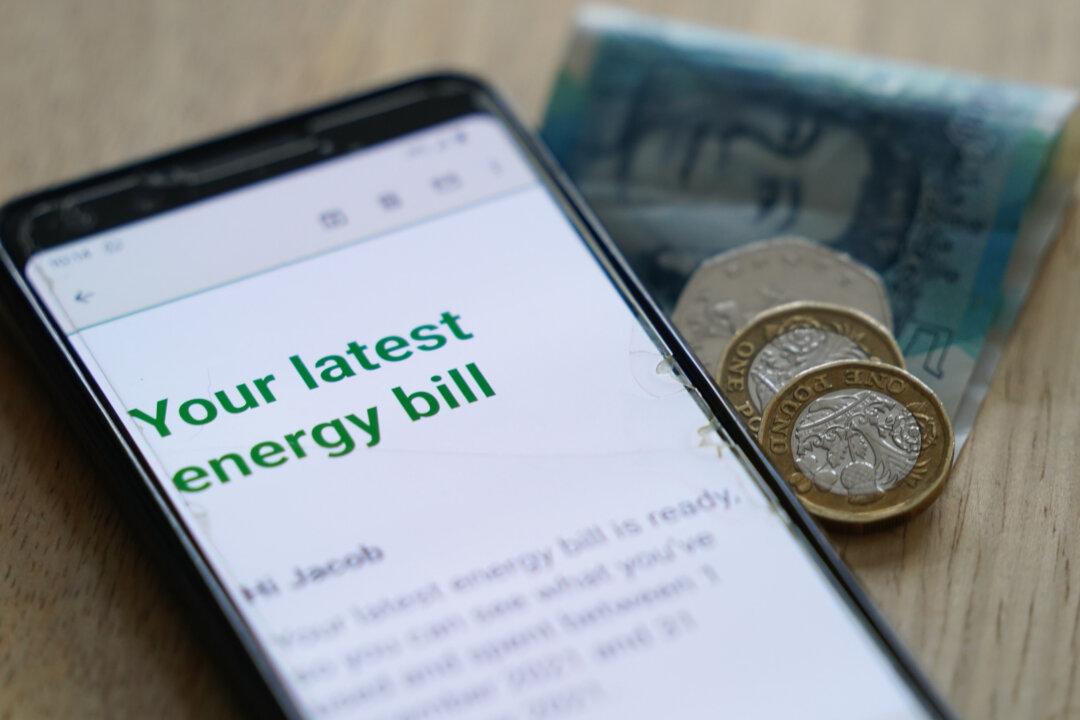The average household bill will rise to £1,928 a year from January 2024, Ofgem said on Thursday.
It’s £94 up from the current cap of £1,834 and similar to the level between April and October last year.

The average household bill will rise to £1,928 a year from January 2024, Ofgem said on Thursday.
It’s £94 up from the current cap of £1,834 and similar to the level between April and October last year.